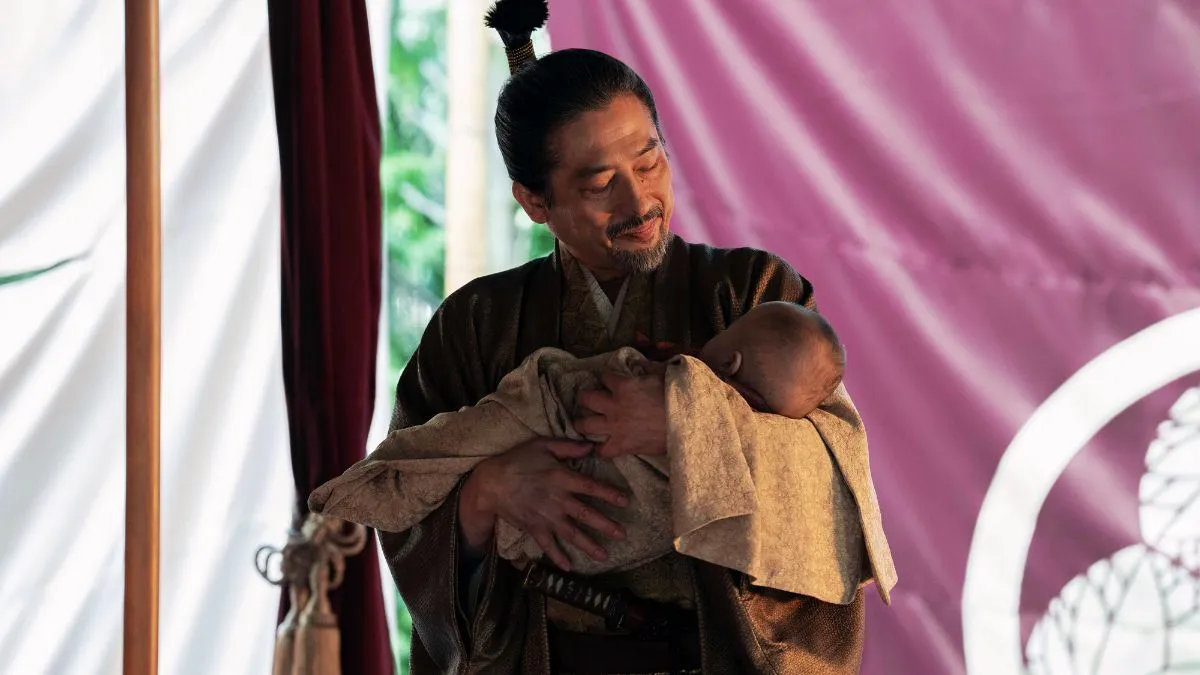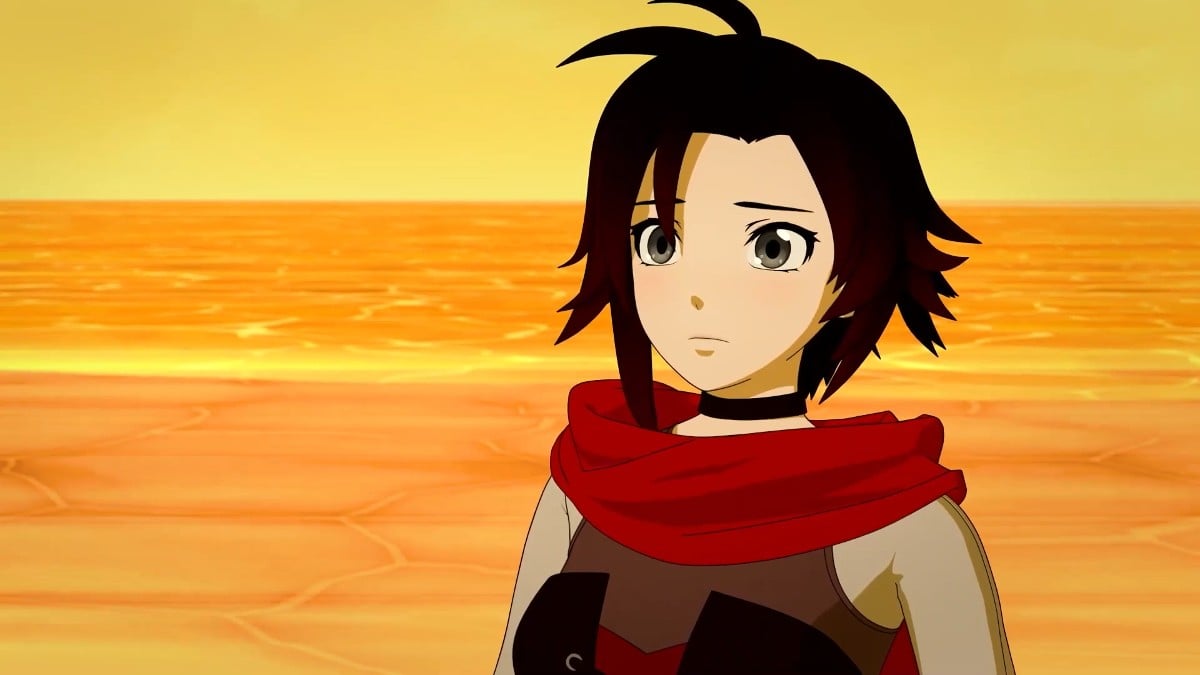At last, the tenth and final chapter of FX’s Shōgun has come and gone, proving once and for all that, yes, historical dramas are, in fact, badass. Now that the final chapter has aired on Hulu, it’s worth reflecting on the book that inspired it.
So, how does the TV adaptation stack up to the James Clavell Shōgun book ending? The finale, titled “A Dream of a Dream,” hit streaming services last week, answering many burning questions fans have sat with since the show’s premiere in late February. And yeah, co-creators Rachel Kondo and Justin Marks certainly delivered with a jaw-dropping finale for the ages.
**SPOILER ALERT: This post spoils all episodes of Shōgun.**
Throughout its ten episodes, Shōgun follows the plight of Yoshii Toranaga (Hiroyuki Sanada), a disgraced lord who chooses to leave the corrupt Council of Regents to restore righteousness to feudal Japan—or so we think. Along the way, new allies join his cause—notably, the shipwrecked English pilot John Blackthorne (Cosmo Jarvis) and translator Toda Mariko (Anna Sawai).
Romance, action, countless meme-worthy moments: This baby’s got it all. But above all else, Shōgun is a gripping (and historically accurate) depiction of 16th century Japan, with a talented cast, colossal budget (thanks, Disney), and impressive VFX to boot. Now that it’s arrived on streaming, it’s also safe to say that its finale might be one of the best goodbyes in recent TV history.
Of course, not everyone received a happy ending, but the Shōgun finale did tie up most, if not all loose ends. Sadly, Mariko is indeed dead from that explosive episode 9 cliffhanger, leaving poor Blackthorne translator-less (thankfully, our boy has clocked some serious Duolingo hours) and grief-stricken over her death. Opposites attract, right? However, Mariko does receive a fitting Christian funeral, with John and Lady Fuji (Moeka Hoshi) taking to the sea to say their own private farewells in one of the most tear-jerking moments of the series. Surprisingly enough, this scene didn’t play out in the book.
Although we don’t get to see that epic war break out between Toranaga and Ishido’s (Takehiro Hira) forces onscreen, it’s not necessary—the shogunate is so close that Toranaga can practically taste it. He says as much before the traitorous Kashigi Yabushige (Tadanobu Asano) commits seppuku, revealing to the audience that Toranaga has, essentially, been playing everyone around him to become shōgun. Only through manipulating his allies, flat-out killing innocent villagers, and sacrificing Mariko was he able to avoid further bloodshed and preserve his reputation. Impressive, but also … not exactly textbook “good guy” material, no?
In short, Ishido and the Council of Regents are playing chess while Toranaga is playing 3D checkers. And even though this onscreen depiction of Toranaga might seem downright sociopathic, you may be surprised to learn that his literary counterpart is just as ruthless.
What are the key differences between FX’s Shōgun and the book?
When writing Shōgun, author James Clavell took inspiration from the very real historical figure Tokugawa Ieyasu, a famous warlord who ushered in a time of great peace known as the Edo Period. Although his story somewhat differs from Toranaga’s, the finale of FX’s Shōgun miniseries points to the fact that, yes, despite his shortcomings, Toranaga did go on to bring peace to Japan. In his “secret heart,” the lord always schemed to become shōgun, even if it cost him everything—and everyone.
Cleverly enough, writers used Yabushige to reveal Toranaga’s inner monologue and his big “confession” from the book, which plays out during their final conversation as opposed to being a long-winded voiceover. Given the relationship between the two men was strained from the start, it makes sense that Toranaga would—perhaps cruelly—pull the rug out from under Yabushige moments before his execution, finally looping him in on his master plan, even though it’s too late.
As for Mariko’s character arc, similar events transpire. In the novel, Mariko’s untimely death ultimately weakened Ishido and his alliances, forcing him to release the hostages being held at Osaka Castle. Her sacrifice in the TV adaptation is nearly identical to the book, though when she threatens to commit seppeku earlier on, it’s Yabugishe who jumps at the chance to be her second when Kiyama (Hiromoto Ida) ghosts her, not Blackthorne.
All in all, the Shōgun finale plays out much the same, though there’s some pretty gruesome lore from the book that showrunners elected to leave out. For one, Toranaga actually captures Ishido during the Battle of Sekigahara and buries him up to his neck to die of exposure. Talk about brutal! In this sense, the show is slightly more sympathetic when it comes to humanizing Toranaga, as they also failed to clarify that he had nearly 60 guards sentenced to seppuku for destroying Blackthorne’s ship—not just three or four.
Speaking of seppuku, Blackthorne’s attempt comes much later in the TV show than it does in the book, driving home his character development; it is, in a way, the ultimate tribute to Mariko and her iron will. Although the bizarre dream sequences at the beginning of episode ten seem to allude that our wayward Anjin will return to England someday and start a family of his own, the actual events that transpire suggest otherwise. The show hints that Blackthorne’s destiny has brought him to Japan to live out the rest of his days, and that these glimpses into the future are simply a misdirection.
These are just some of the major differences between what James Clavell wrote on the pages of Shōgun versus what was adapted onto the screen, but it’s enough to prove that, despite having their differences, the TV show is generally a beat-by-beat retelling of the book. Sadly, it seems likely that fans don’t have any future Shōgun episodes to look forward to. But with such a powerful ending, it’s probably for the best to end on a high note, as did the source material.
(featured image: Hulu)








